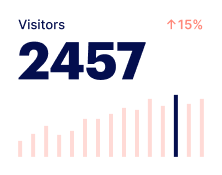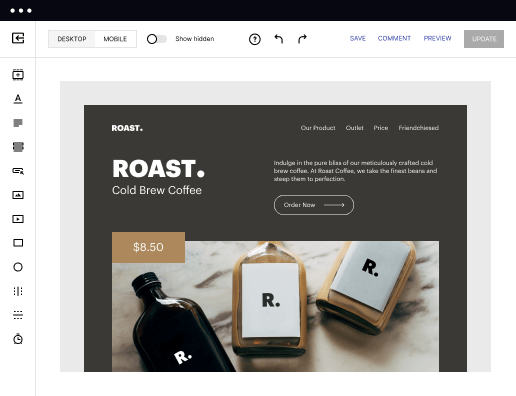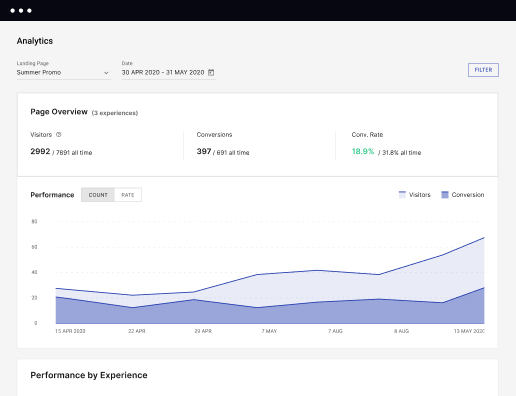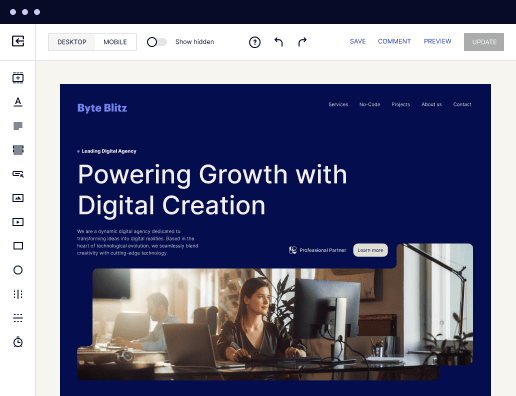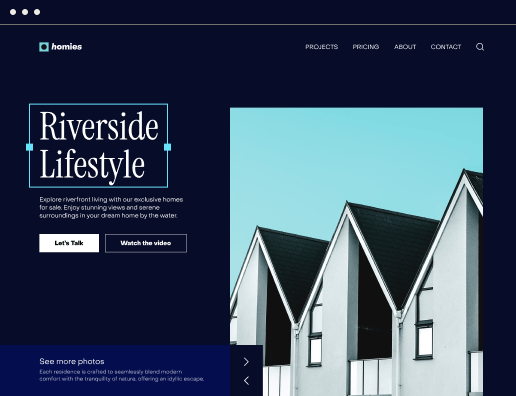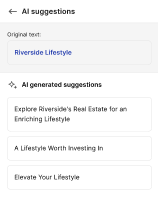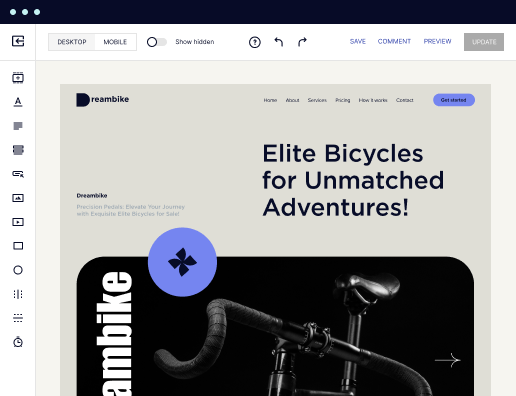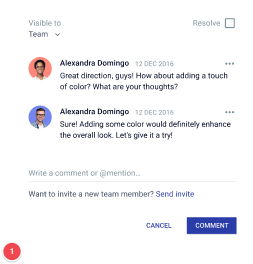Make your HTML page to speed up website load times: Get noticed
Create your HTML page to speed up website load times and effortlessly optimize your web pages for diverse ads and audiences. Transform visitors into leads and sales while bolstering brand trust and nurturing customer loyalty.
Create your HTML page to speed up website load times with Instapage
Creating an HTML page optimized for fast load times is crucial for improving user experience and enhancing conversion rates. Instapage allows marketers from diverse sectors, including tech, education, and financial services, to build custom landing pages rapidly. By harnessing a wide array of conversion-focused layouts and intuitive design tools, businesses can establish relevant landing page experiences that boost brand trust and customer loyalty.
Understanding the significance of website load times
Website load times have a significant impact on user behavior and overall site performance. Research indicates that visitors are highly likely to abandon a site if it takes more than three seconds to load. Furthermore, a slow page can lead to reduced conversion rates, ultimately affecting revenue. This is why leveraging fast-loading HTML pages is essential for marketers seeking to improve their online presence.
- User experience: A fast-loading page enhances user satisfaction, leading to higher engagement rates.
- SEO benefits: Search engines like Google prefer sites with quicker load times and rank them higher.
- Sales and conversions: Improved load times can significantly increase conversion probability.
Step 1: Utilizing Instapage's library to create HTML pages
Begin by accessing Instapage's extensive library of over 100 customizable landing page templates. These templates are designed specifically to maximize conversions.
- Choose a layout: Select a template that aligns with your campaign goals. For instance, a business services landing page may prioritize lead capture elements.
- Customize effortlessly: Use Instablocks to tailor your landing page—add images, modify text, and adjust the layout without any coding skills.
- Publish quickly: Once your design is complete, publish your landing page seamlessly to ensure it is live for potential customers.
Step 2: Optimize for load speed and performance
After launching your landing page, use Instapage's in-built features to optimize for speed. Here are practical steps you can take:
- Image optimization: Use compressed image formats to reduce file size without sacrificing quality.
- Minify code: Combine and minify CSS and JavaScript files to reduce load time.
- Utilize Content Delivery Networks (CDNs): Integrating a CDN can enhance page load speeds for users across various geographic locations.
Step 3: Test and analyze performance
Constant testing is key to maintaining optimal load times and usability.
- Implement A/B testing: Experiment with different elements of your HTML page to determine which configurations yield better load speeds and conversion rates.
- Use heatmaps: Analyze how visitors interact with your page to identify areas for improvement.
- Access analytics: Use the built-in analytics dashboard to track page performance, load times, and user conversion metrics.
By following these steps, marketers can create HTML pages that load quickly and effectively engage users, ultimately leading to higher conversion rates and increased customer loyalty.
Ready to enhance your online marketing strategy? Start using Instapage today to create effective landing pages that not only load quickly but also resonate with your target audience.
Get more out of Create your HTML page to speed up website load times
Improve your Quality Score with quick load technology for landing pages
Increase conversions with content that aligns with your ads and audiences
Achieve maximum ROI by scaling your marketing initiatives
Leading the way in building high-performing landing pages





FAQs
See how to create your html page to speed up website load times in action
Ready to skyrocket conversions?
Supercharge your ad campaigns with high-performing landing pages.
Get started
